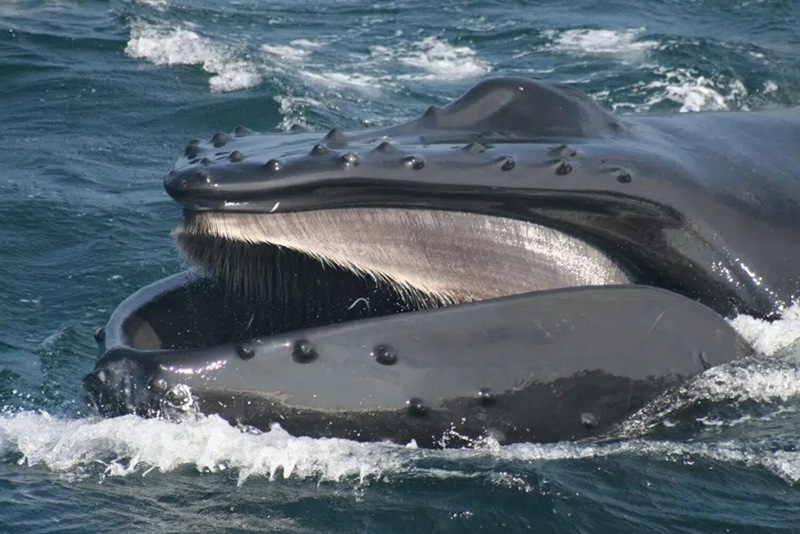Experts from the Severtsov Institute of Ecology and Evolution of the Russian Academy of Sciences (IPEE RAS) have established that almost the entire population of gray whales remaining on the planet lives off the coast of Kamchatka. The total population consists of 240 individuals, and 228 individuals live off the coast of Kamchatka. This allows us to consider the Kamchatka waters as a key area for the conservation of a rare species. This was reported in the IPEE RAS.

Throughout the entire observation period, the whales stayed along the northern shore of Olga Bay. Each individual whale was observed in the bay for a period of 1 to 19 days, with an average of 11.7 days. This suggests that most of the animals are constantly using this feeding area.
The gray whale is listed in the Red Book of Russia. The Okhotsk Sea population has only about 240 individuals and is classified as endangered. The main threats to whales are related to the development of offshore oil and gas projects, the intensification of shipping and climate change.
“Studying gray whales in the Kronotsky Nature Reserve opens up great prospects, as almost the entire Okhotsk population can be found in this place. Some of the whales feed here all season, while the other part migrates through Kamchatka to Sakhalin and may stay for some time to meet their energy needs,” said Matvey Mamaev, gray whale specialist, expedition leader, and associate researcher at the IPEE RAS.
An important indicator of the well-being of the population was the increase in the number of cubs. In total, during the feeding period of 2024, scientists recorded 16 fingerlings – young whales born this year. This is a significant number, given that the maximum number of cubs for the entire Okhotsk population, previously recorded on Sakhalin, was 20 individuals.
The researchers assessed the physical condition of the animals using a special technique, analyzing the relative amount of subcutaneous fat in different parts of the body. In September 2024, 50% of the whales encountered were in good condition, 35% were in satisfactory condition, and 15% were in poor condition.
“The analysis of stable isotopes conducted at the Center for Collective Use of Mass Spectrometric Research of the IPEE RAS showed that the Kamchatka feeding area differs in the composition of the whale food supply. Here, animals use food facilities with a more diverse trophic level compared to Sakhalin and Chukotka,” said Mamaev.
The research was conducted within the framework of the interdepartmental integrated scientific research program of the Kamchatka Peninsula for 2024-2026. The coordinator of the program, which unites the efforts of 10 scientific organizations, was KamSU. Vitus Bering.